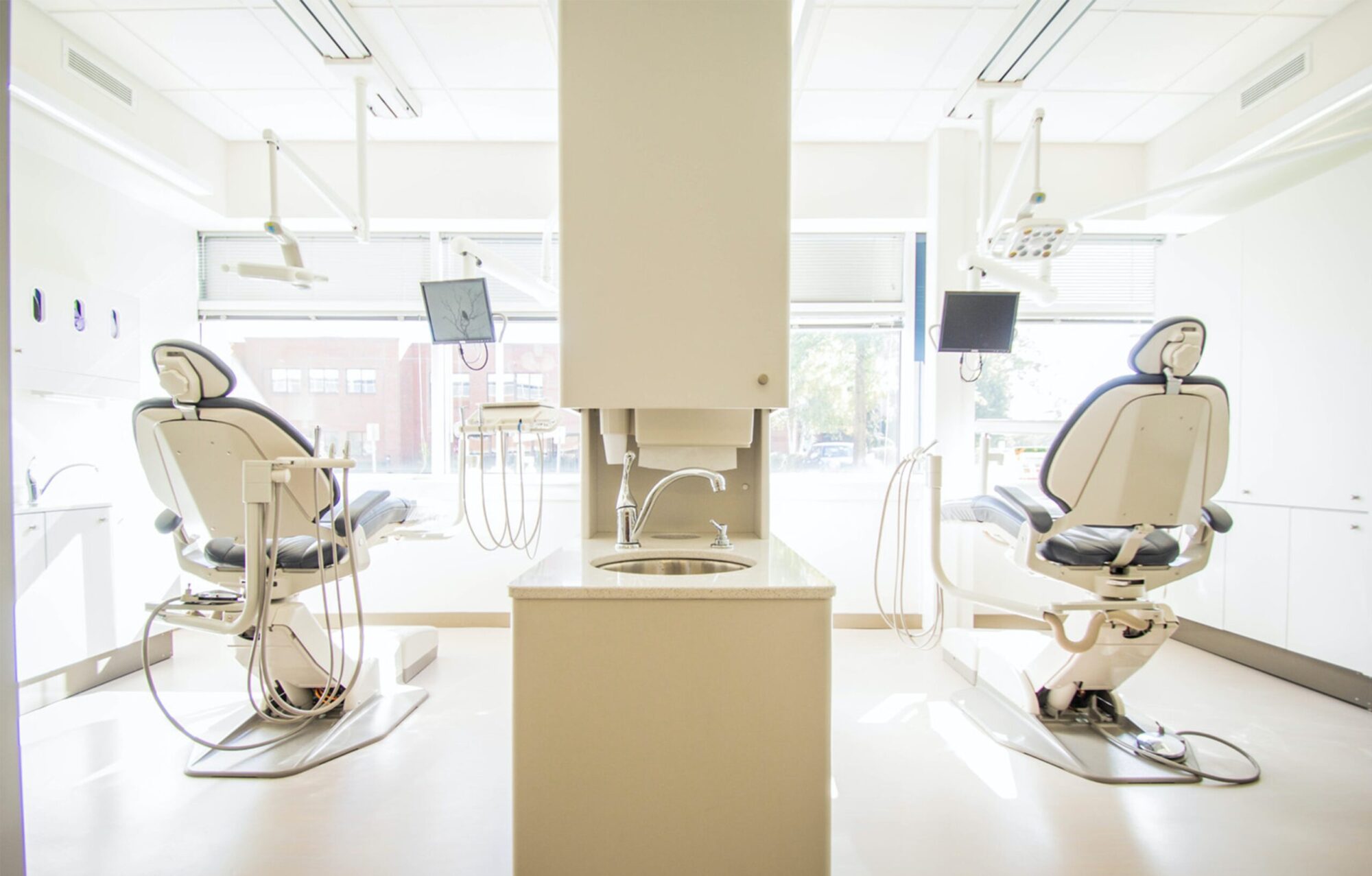Up next on the most common services in dentistry series – ROOT CANALS!
Root canals are not as scary as it sounds! When people hear the words “root canal,” they immediately associate it with PAIN. When, in fact, a root canal therapy actually relieves pain. In today’s blog, I will explain what a root canal is, why one would need root canal therapy, and what to expect after a root canal procedure.
What is a root canal?
Root canal therapy is simply the removal of the tooth nerve and the cleaning of the pulp chamber that houses that nerve. Root canal therapy is necessary when bacteria from tooth decay gets so large that it enters the pulp chamber, the inside of the tooth, where the tooth nerve is located. When this happens, pain receptors inside the nerve fire up, causing a toothache.
Someone who is consistent with their six-month dental visit will not likely ever need root canal therapy. If we develop tooth decay, and it is addressed immediately while it is still small, a simple filling can be used to treat the tooth. We run into trouble when the decay remains undetected and not addressed. It gets bigger over time and travels inside the tooth into the nerve, causing pain.
There are two types of tooth pain:
- Severe cold and hot sensitivity: Intolerable temperature sensitivity is the most common symptom of a tooth that needs root canal therapy. This is when the tooth decay becomes very large, travels down inside the tooth, and starts impinging on the nerve, causing it to become aggravated and inflamed. We call this irreversible pulpitis. Pulpitis means inflammation of the nerve. It is irreversible because once the bacteria enter the nerve, there is no going back. The inflamed nerve must be removed to remove pain/sensitivity.
An additional symptom of a tooth experiencing irreversible pulpitis is spontaneous pain that usually appears out of nowhere and cannot be relieved by over-the-counter medicine like Advil or Tylenol. The pain is typically so severe that it can wake someone up in the middle of the night.
- Necrotic pulp: Necrosis occurs when the cells in a localized part of the body die. In a tooth, necrosis can happen when the inflamed nerve is not removed or treated, and bacteria continue to travel even further down into the root, causing an infection. Necrosis of the nerve usually happens over a long period of time and is typically presented with a dental abscess.
Common causes of necrosis are:
- Tooth trauma caused by an injury
- Large untreated decay
- Large dental restorations (crowns or fillings) that were too close to the nerve.
Symptoms of a necrotic nerve are:
- Pain to the touch
- Pain when chewing
- Severe throbbing and tenderness
This type of “throbbing pain” is due to the infection or abscess located at the bottom of the root. A tooth with a necrotic nerve experiences no hot or cold sensitivity because the tooth no longer has “feeling” once the nerve dies.
Sometimes, a necrotic tooth with a dental abscess will not present any symptoms! This is because the infection drains through the abscess, and the pressure is relieved this way. It is very similar to how a pimple works. As soon as the pimple pops, the pain is relieved because the pressure is relieved.
What is the Root Canal Procedure?
- During your consult appointment, your dentist will perform a few clinical tests to evaluate the tooth’s condition.
- After adequate numbing, your dentist will remove the decay inside the tooth.
- Infected nerve tissue is then removed. The canals and pulp chamber are cleaned and shaped so that no remaining nerve tissues or bacteria remain.
- The canals are rinsed thoroughly with Sodium Hypochlorite (NaOCL) in each step to ensure bacteria is killed properly.
- Once the canals are cleaned and shaped, a permanent filling material called gutta percha is used to fill the canals.
- A permanent composite filling is placed to seal the access and rebuild the tooth.
- The tooth is prepared for a dental crown. A dental crown is almost always necessary to ensure proper seal to protect the tooth and prevent recontamination of the root canals.
- Two or three weeks later, the dental crown is permanently cemented.
FREQUENTLY ASKED QUESTIONS
Is Root Canal Therapy Painful?
A root canal procedure is not supposed to be painful because we perform the procedure under local anesthesia. However, if one has a very infected tooth, it may be hard to numb due to the acidic nature of the infection around the root. We call this a “hot tooth”.
What Should I Expect After a Root Canal Procedure?
Mild tenderness or soreness after a root canal procedure is perfectly normal. This is especially true for very infected teeth because it may take some time for the infection to heal. Fortunately, the pain will not be as severe. Anti-inflammatory pain medicine, like Advil or Ibuprofen, and antibiotics should be able to alleviate the pain.
Sensitivity to hot and cold should not be felt because the nerve has been removed. If you continue to experience temperature sensitivity after a few months post-root canal, please call your dentist for a consultation!
It’s important to note that you should get a PERMANENT restoration done shortly after root canal therapy is completed. Permanent restorations include composite fillings or a full coverage crown. Otherwise, bacteria from your mouth can leak through the inside of the tooth, which can recontaminate the root canal, causing reinfection.
Is It Important to Get a Root Canal Right Away?
Yes! It is important to perform root canal therapy immediately because the untreated infection can have serious consequences like endocarditis or meningitis, which are life-threatening.
More questions about Root Canals? Visit www.BMEDental.com to book your appointment today!





